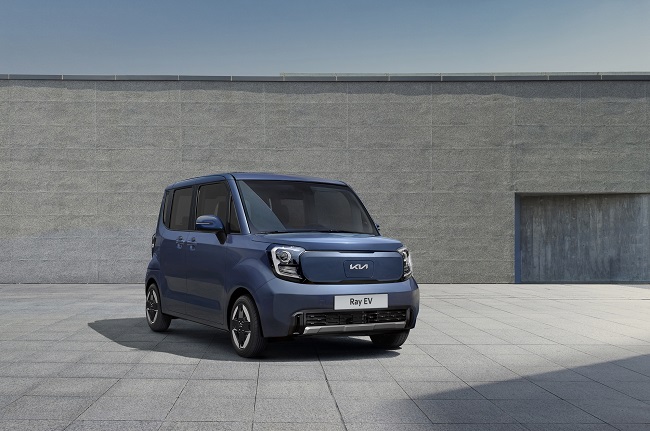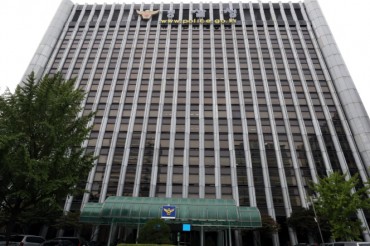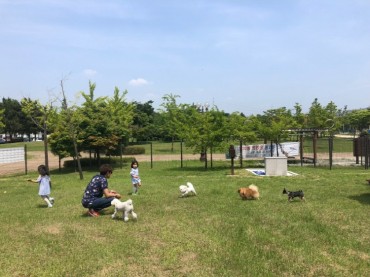SEOUL, Sept. 6, (Korea Bizwire) – The resurgence of city cars, a segment that has long been overlooked, is now gaining momentum. In August, three city car models ranked among the top 10 in domestic passenger vehicle registrations.
This surge in popularity can be attributed to several factors, including higher vehicle prices, rising fuel costs, and higher interest rates amidst a broader economic downturn.
Industry experts predict that the appeal of city cars will likely persist in the foreseeable future.
Notably, the electric variant of Kia Corp.’s Ray mini car, known as the Ray EV, is set to debut in the second half of this year, while Hyundai Motor Co. is gearing up to release an electric version of the Casper, a popular city car model, next year.
What makes this trend intriguing is that during tough economic times, we see a paradoxical shift where both supercars, known for their extravagant costs, and city cars, celebrated for their cost-effectiveness, gain popularity simultaneously.
With the South Korean economy possibly slowing down, the preference for city cars may become even more pronounced.
According to data released on Tuesday by CarIsYou, an auto market analytics firm, the number of registered city car in South Korea reached 10,278 in August, marking a 0.9 percent increase compared to the same month last year.
This represents the first positive year-over-year growth in city car registrations in six months, since February.

A visitor looks at the mini SUV Casper at a Hyundai Motor Co. shop in Seoul on Oct. 3, 2022. (Yonhap)
Among all vehicle categories, city cars were the sole category to witness an uptick in registrations compared to the previous month.
Consequently, in the “Top 10″ list of domestic passenger car registrations for August, three city car models secured a spot: the Kia Ray, Hyundai Casper, and Kia Morning.
Having three city car models in the top 10 is considered unusual within the industry.
The most registered city car in August was the Ray, ranking sixth with 3,797 units, marking a substantial 30 percent increase compared to the same month last year.
Following closely was the Casper in seventh place with 3,692 units and the Morning at number 10 with 2,762 units. Registrations for both vehicles showed solid growth, with increases of 5.7 percent and 13.2 percent, respectively.
While the Morning benefited from the launch of a partially redesigned model in July, the Ray and Casper were driven by the recent trend favoring city cars.
In contrast, the domestic city car market has experienced sluggish performance, except for last year, following the introduction of the Casper, the first light sport utility vehicle (SUV), in September 2021.
According to the Korea Automobile and Mobility Industry Association, city car sales in South Korea peaked at 216,221 units in 2012 and have been declining each year since, hitting 98,781 units in 2021.
Sales rebounded last year, reaching 134,294 units, marking the first time in four years that they exceeded the 130,000-unit threshold. However, this year has seen a decline once again.
The popularity of city cars can largely be attributed to the “triple bottom line” economic context characterized by high interest rates, surging inflation, and fluctuating exchange rates.
Typically, city cars perform best in February and March, during the peak demand for first-time car buyers. However, this year, sales have been on the rise since August, even during the off-season.
M. H. Lee (mhlee@koreabizwire.com)







